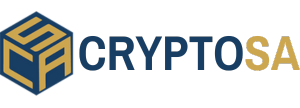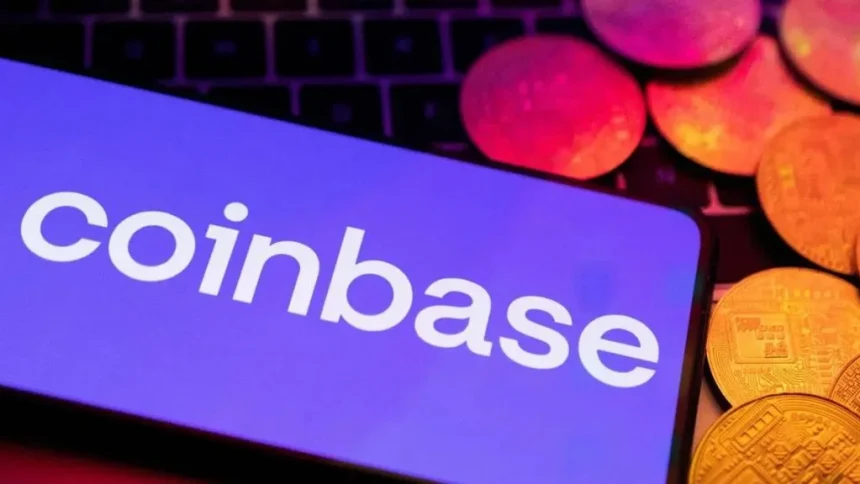Coinbase, one of the biggest cryptocurrency exchanges, has announced that it will be removing all stablecoins that don’t meet new regulations by the end of 2024. This change will affect users in the U.S. and Europe, as regulators push for stronger rules to protect consumers and make sure stablecoins are transparent and safe to use.
Increased Regulatory Pressure from the U.S. and Europe
Both the U.S. and Europe are stepping up their regulations on stablecoins. In the U.S., there are growing concerns that stablecoins like Tether (USDT) could pose risks if they aren’t properly backed by reserves. Lawmakers want to ensure these digital currencies are safe, transparent, and not being used to manipulate the market or deceive investors.
At the same time, Europe is preparing to roll out new laws under the Markets in Crypto-Assets (MiCA) regulations. These laws, set to fully take effect on December 31, 2024, will require stablecoin issuers to get approval from European regulators before they can operate in the EU. The goal is to make sure stablecoins are well-regulated and offer better consumer protection. Coinbase has responded by planning to remove any stablecoins that don’t comply with these new rules from its European platforms.
Coinbase’s Strategy to Stay Compliant
Coinbase is committed to following the law and staying ahead of these changes. The company has promised to notify its users about these upcoming changes starting in November 2024. It will also help users move their funds from non-compliant stablecoins to those that meet the new regulations, like Circle’s USD Coin (USDC).
USDC is considered one of the most reliable stablecoins because it’s known for its transparency and regulatory compliance. Coinbase already prefers USDC for this reason. With stricter regulations coming into play, USDC is expected to grow in popularity, especially in regions where these new rules are being enforced.
Impact on the Stablecoin Market
The decision by Coinbase to delist non-compliant stablecoins is likely to shake up the stablecoin market. Stablecoins like USDT could face challenges in meeting the new regulatory requirements. Tether Holdings Ltd., which issues USDT, may struggle to get the necessary approval under the MiCA framework. If they can’t comply, USDT might no longer be available on Coinbase in Europe.
Other exchanges are also taking similar steps. Platforms like OKX, Bitstamp, and Uphold have already started reducing access to stablecoins that don’t meet regulatory standards. This shows that the entire industry is moving towards stricter rules. However, this may reduce options for users who are used to stablecoins with less oversight.
Legal and Industry Challenges
Besides facing changes in Europe, Coinbase is also dealing with legal challenges in the U.S. Paul Grewal, the Chief Legal Officer of Coinbase, has recently expressed frustration with how the U.S. Securities and Exchange Commission (SEC) is handling cryptocurrency cases. He mentioned that the SEC’s mixed messages about whether digital assets are considered securities are causing confusion in the industry. This uncertainty makes it difficult for companies like Coinbase to know exactly how to comply with the law.











